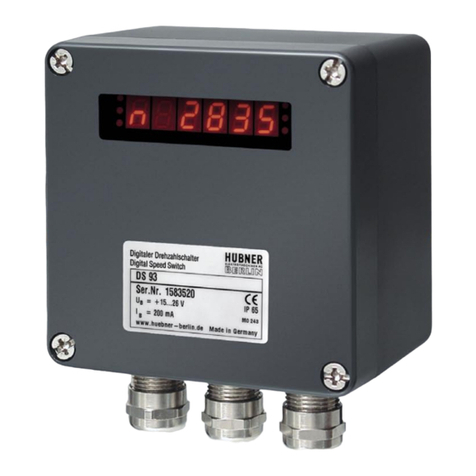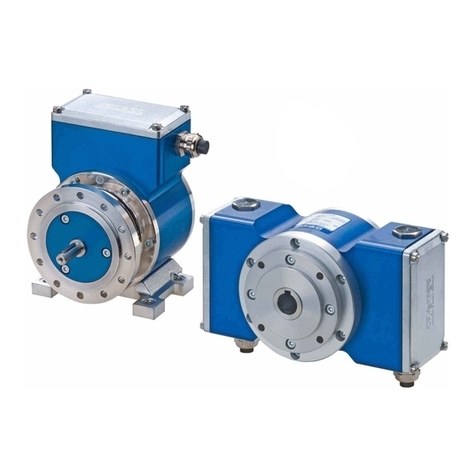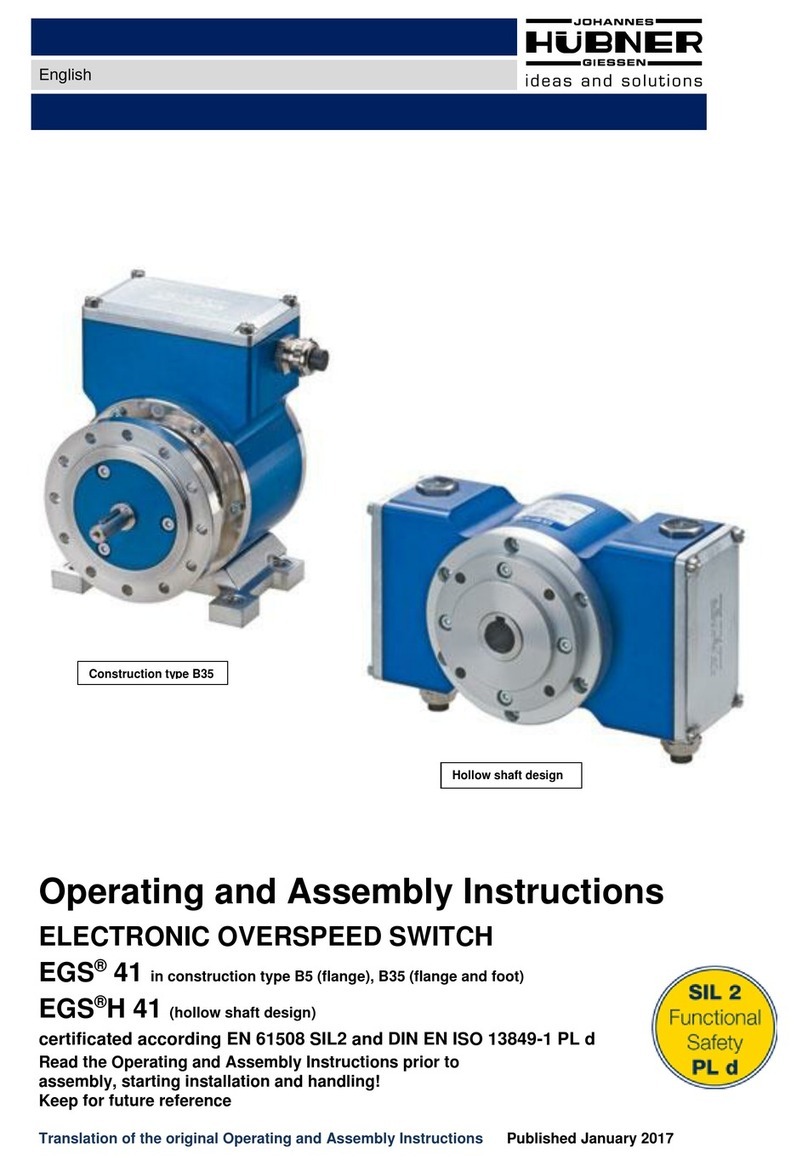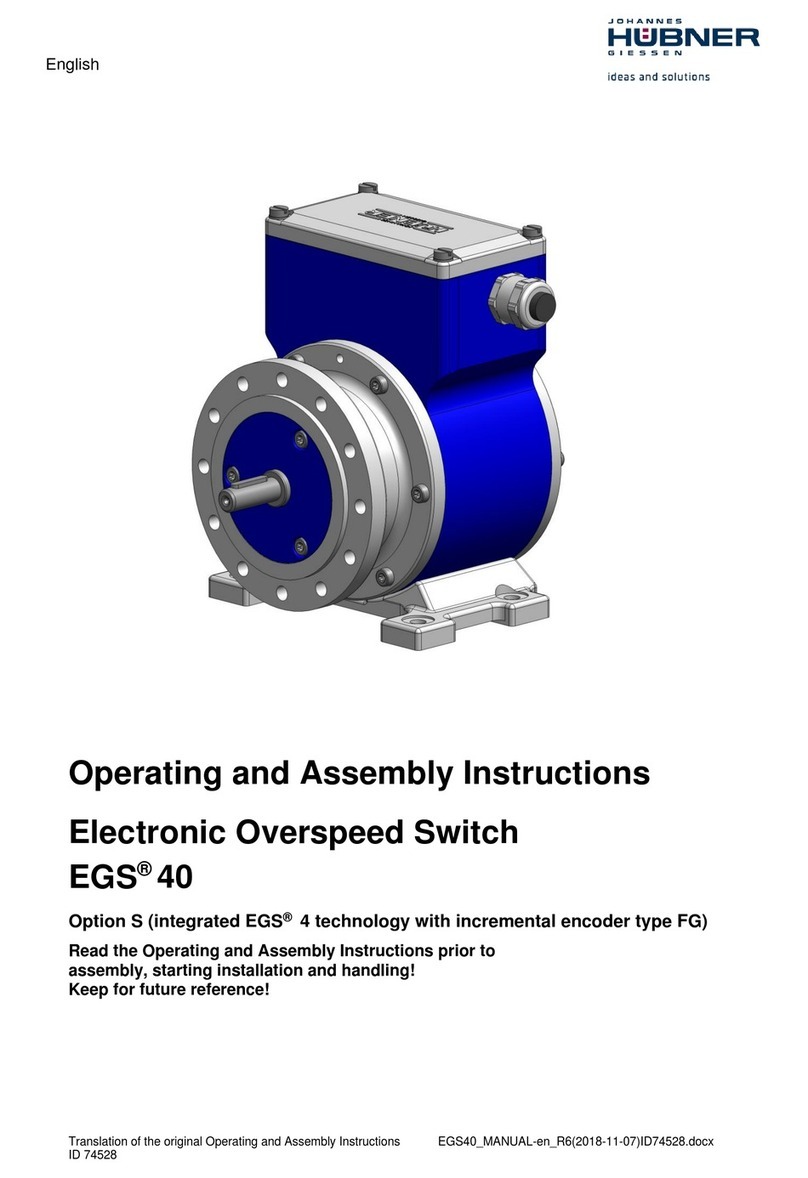
Electronic overspeed switch EGS 2
EGS2_MANUAL-en_R3(2018-11-14)ID74563.docx
Directory
1General............................................................................................................................ 5
1.1 Information about the Operating and Assembly Instructions....................................... 5
1.2 Scope of delivery ....................................................................................................... 5
1.3 Explanation of symbols.............................................................................................. 5
1.4 Disclaimer.................................................................................................................. 6
1.5 Copyright ................................................................................................................... 6
1.6 Guarantee terms........................................................................................................ 6
1.7 Customer service....................................................................................................... 6
2Safety............................................................................................................................... 6
2.1 Responsibility of the owner ........................................................................................ 6
2.2 Personnel................................................................................................................... 6
2.3 Intended use.............................................................................................................. 7
2.4 Improper use.............................................................................................................. 7
2.5 Personal protective equipment................................................................................... 7
2.6 Special dangers......................................................................................................... 8
2.6.1 Electrical current.................................................................................................... 8
2.6.2 Rotating shafts / hot surfaces................................................................................ 8
2.6.3 Safeguarding against restart.................................................................................. 8
3Technical Data ................................................................................................................ 9
3.1 Type plate.................................................................................................................. 9
3.2 Type code.................................................................................................................10
3.3 Electrical and mechanical data..................................................................................10
4Overspeed monitoring...................................................................................................11
5Zero speed monitoring..................................................................................................11
6Transport, packaging and storage ...............................................................................12
6.1 Safety instructions for transport.................................................................................12
6.2 Goods inward inspection...........................................................................................12
6.3 Packaging / disposal.................................................................................................12
6.4 Storage of packages (devices)..................................................................................12
7Installation and commissioning....................................................................................13
7.1 Safety instructions.....................................................................................................13
7.2 Technical information................................................................................................13
7.3 Required tools...........................................................................................................13
7.4 Mounting preparations ..............................................................................................14
7.5 Mounting the encoder ...............................................................................................14
7.6 Mounting tolerances..................................................................................................16
7.7 Electrical connection and start up..............................................................................17
7.7.1 Preparing cables ..................................................................................................17
7.7.2 Electrical connection.............................................................................................17
































